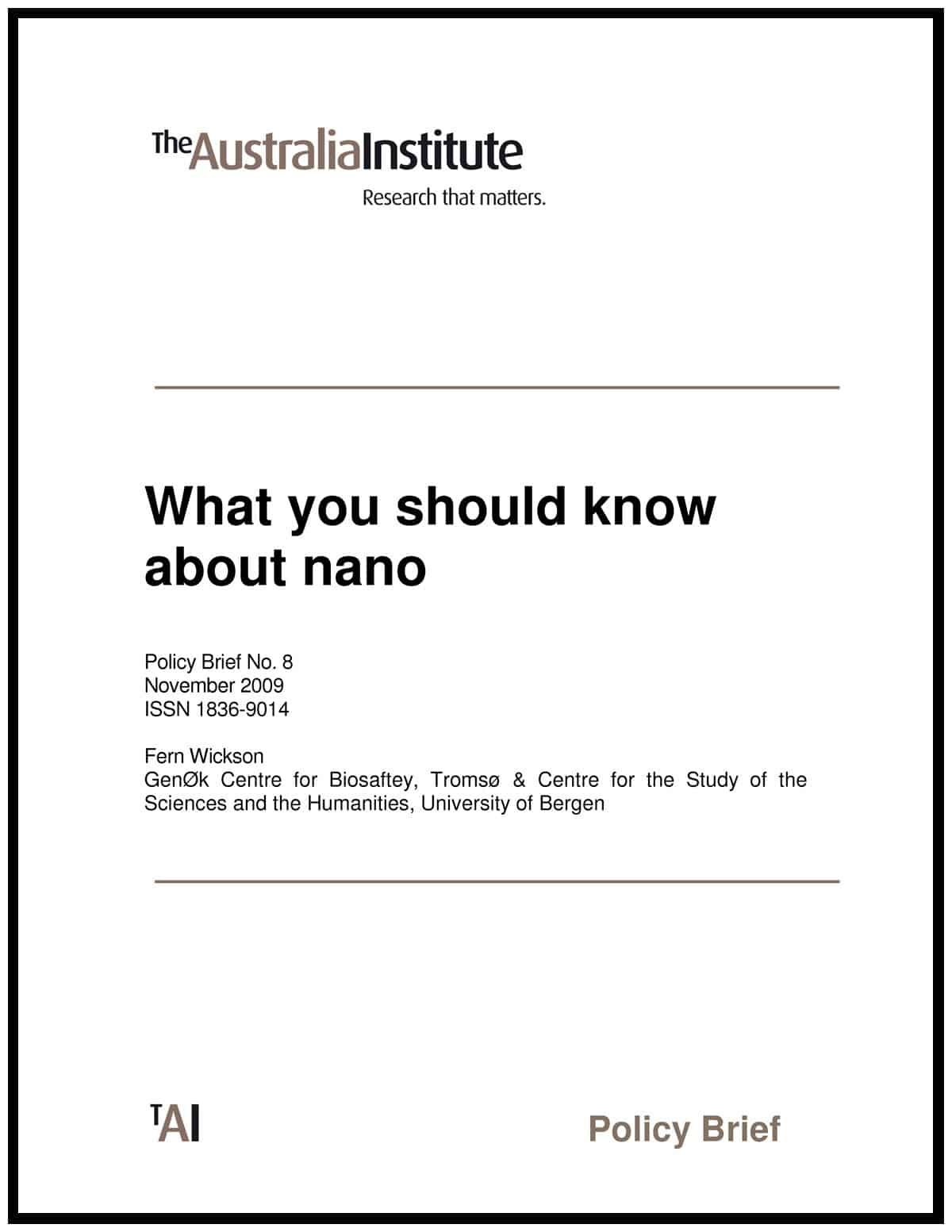The e-Editor for the Institute of Occupational Safety & Health, Shaun Gibbons, has commented on the recent speech by David Cameron, the Opposition Leader of England’s Conservative Party.
In this editorial Gibbons says
“Instead of cosying up to the newspapers which perpetuate the myths that somehow health and safety is to blame for much of society’s ills, Cameron should be rounding on the media for its part in falsely reporting on health and safety issues.”
If one takes “health and safety” outside the factory fence and consider it as a social attitude or as a collective term for a range of social perspectives, “health and safety” is crucial, or rather the personal fears generated by our concerns for our own health and safety and for those of our family members are a crucial consideration in how we live and work.
David Cameron is a politician and needs the media to distribute his policies and campaign strategies so he is in his natural element.
The print media, principally, does report health and safety issues in an alarming manner but as sensation, and particularly in England titillation, is what sells newspapers, it seems pointless to blame the media for what they have always done.
It will be impossible to get the media to change their attitudes to health and safety. The struggles of Australian OHS regulators in doing so has been touched on elsewhere in SafetyAtWorkBlog. It seems clear that if traditional media cannot be changed in this area, alternate media outlets and mechanisms need to be produced that provide information that is not adequately or appropriately covered elsewhere. This blog is one example. IOSH’s website is another.
Gibbons gets closer to the core issue elsewhere in his editorial:
“…seeing through the predictable soundbites which came from his speech last week, Cameron has actually highlighted an important cultural issue that IOSH does welcome: people’s growing confusion and damaged confidence when it comes to managing day-to-day risk. With the fear of litigation at the heart of this debate, the speech did give IOSH the opportunity to make its call for us all to move away from a culture of blame to one that’s based on better ‘risk intelligence’.”
He is right in saying that society has an (increasingly) skewed perception of “day-to-day risk” but he is more correct when identifying that
“the fear of litigation [is] at the heart of the debate.”
IOSH and other safety professional organisations need to get a better understanding of the insurance and legal industries so that they are able to temper some of the extremism from these sectors that is sacrificing long-term cultural and societal health for short-term gain.
SafetyAtWorkBlog’s editor, Kevin Jones, wrote in National Safety magazine about the pernicious growth in the expansion of directors’ and officers’ liabilities insurance policies to cover the legal expenses AND fines from OHS prosecutions. Either safety organisations are unaware of the impact of these products, do not understand them or do not care, as the silence has been deafening.

